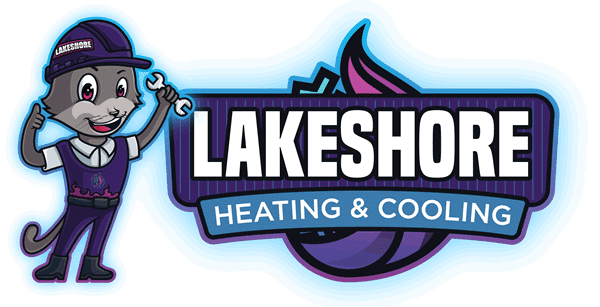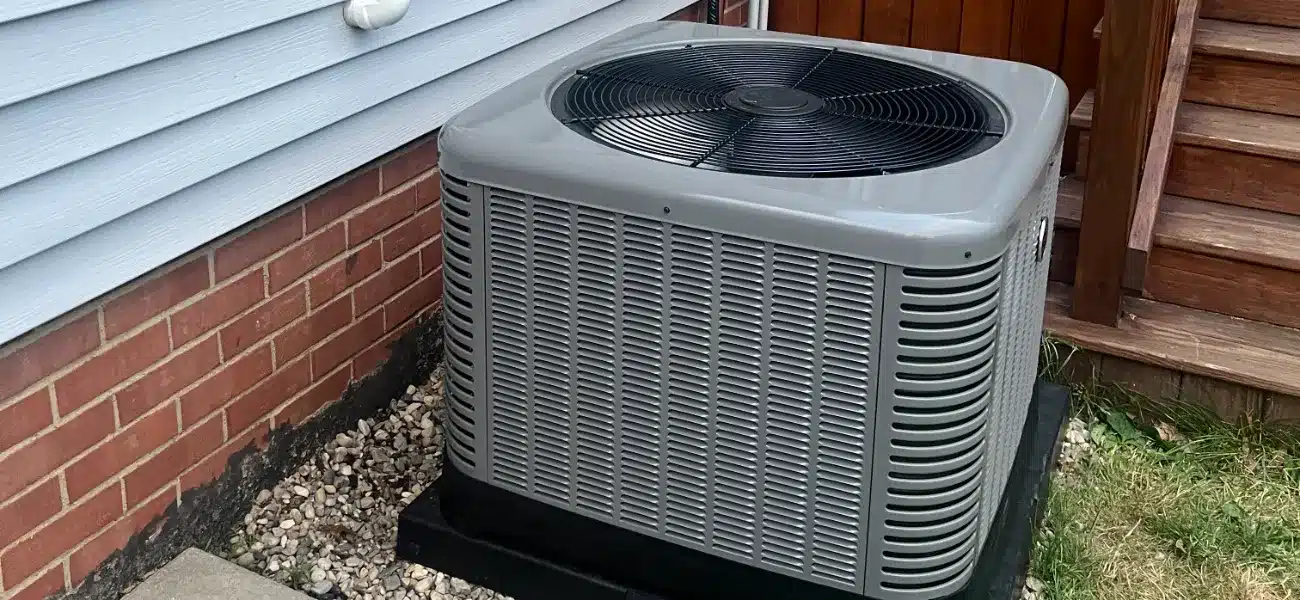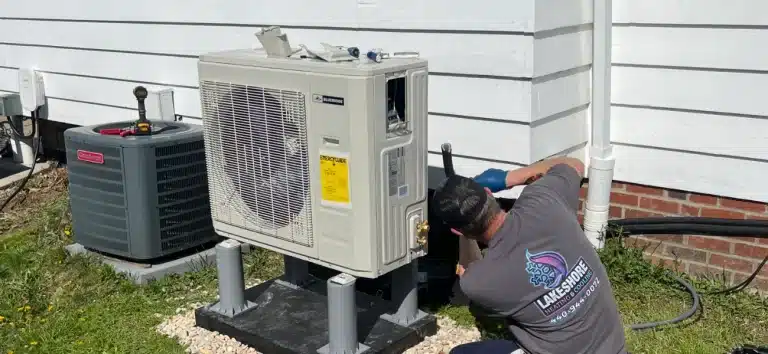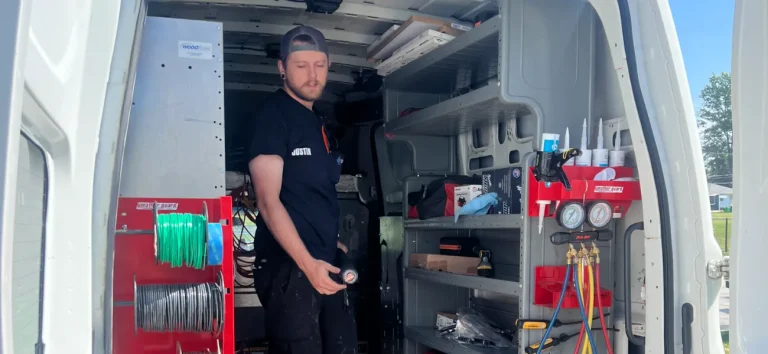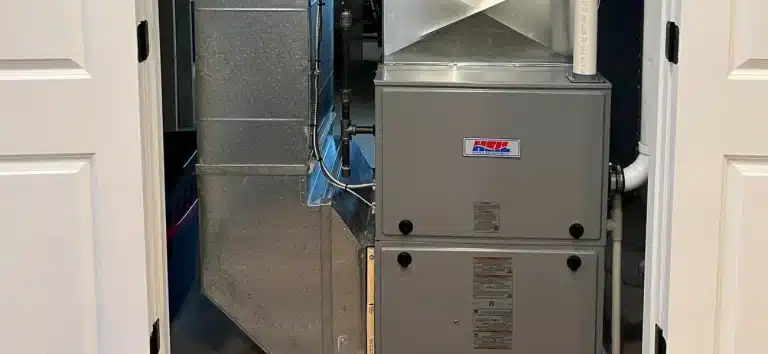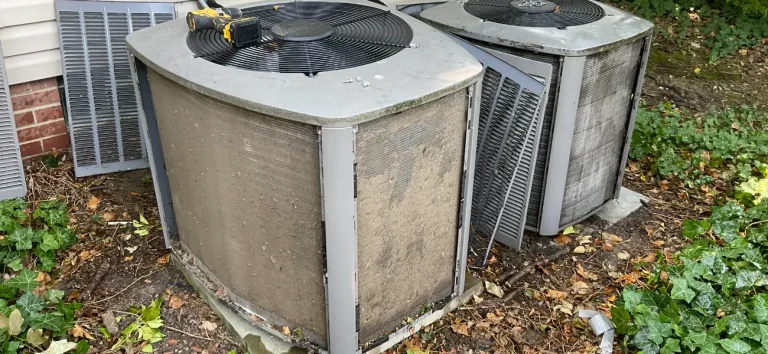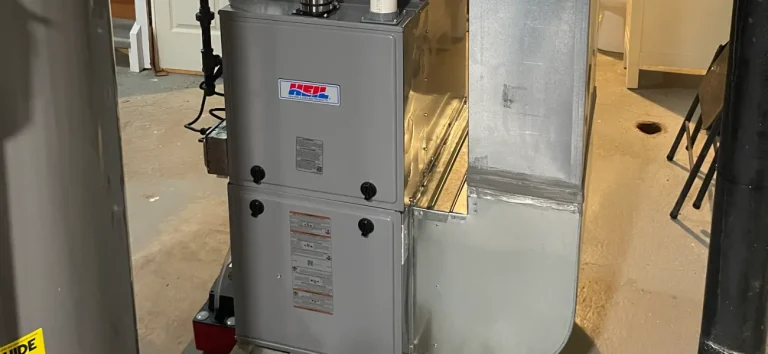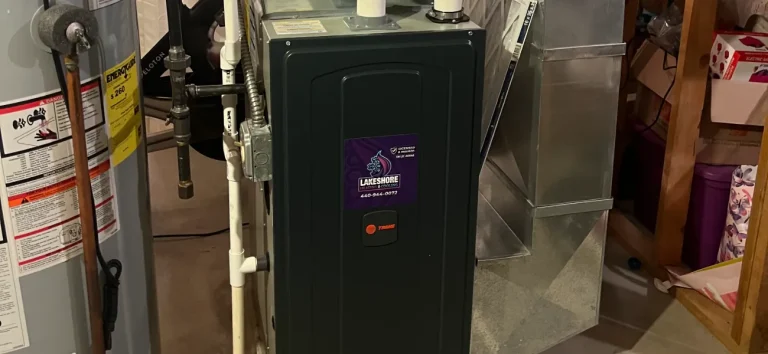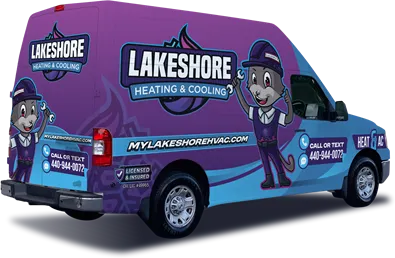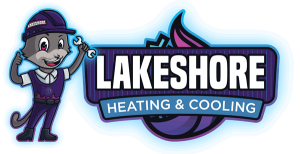Understanding Heat Pump Efficiency Ratings: What Homeowners Need to Know
As homeowners become increasingly aware of energy costs and environmental impacts, the efficiency of heating and cooling systems has become more important than ever. Heat pumps are known for their energy efficiency, but understanding their performance comes down to evaluating specific efficiency ratings. For homeowners in Eastlake, Ohio, and similar areas, knowing how to read and interpret these ratings is key to selecting a system that offers optimal energy savings, comfort, and performance.
In this guide, we’ll explain the primary efficiency ratings associated with heat pumps, including SEER (Seasonal Energy Efficiency Ratio) and HSPF (Heating Seasonal Performance Factor), and why they matter for your home’s heating and cooling needs.
What Is a Heat Pump?
Before diving into efficiency ratings, it’s important to understand what a heat pump is and how it works. Unlike traditional furnaces or air conditioners that generate heat or cool air, a heat pump transfers heat from one place to another. In the summer, it removes heat from inside your home and releases it outside to cool your home, functioning like an air conditioner. In the winter, it does the opposite—extracting heat from the outside air and moving it indoors to heat your home.
Heat pumps are widely praised for their energy efficiency, especially in milder climates, as they use less energy than systems that burn fuel to generate heat. However, their efficiency can vary significantly depending on the system’s design, quality, and the environment in which it operates. This is where efficiency ratings come in.
SEER: Seasonal Energy Efficiency Ratio
The Seasonal Energy Efficiency Ratio (SEER) measures the cooling efficiency of a heat pump or air conditioner. Essentially, SEER represents the ratio of the cooling output (measured in BTUs) to the total energy input (measured in watt-hours) over a typical cooling season. The higher the SEER rating, the more energy-efficient the system is at cooling your home.
SEER Calculation
SEER is calculated by dividing the total cooling output over a season by the total electricity consumed. For example, a heat pump with a SEER rating of 16 uses less energy to cool a space than one with a SEER rating of 13.
Why SEER Matters for Homeowners
For homeowners in Eastlake and similar areas with warm summers, SEER is an important factor when choosing a heat pump because it directly affects how much energy your system will use during the cooling season. A higher SEER rating means the system is more efficient at cooling, which leads to lower electricity bills.
-
- SEER 13-15: These ratings are typical for older or more basic systems. They are less efficient but often come with lower upfront costs.
- SEER 16-18: Systems with these ratings are considered energy-efficient and meet the minimum standards for high-efficiency HVAC units.
- SEER 19-21: These systems offer top-tier efficiency and are often recommended for homeowners looking to significantly reduce energy usage, particularly in climates with long, hot summers.
In Ohio, where summers can be warm but not extreme, a heat pump with a SEER rating of 16 or higher is typically sufficient for balancing upfront costs with energy savings.
SEER and Energy Savings
The difference between a low and high SEER-rated system can result in substantial energy savings. For example, upgrading from a SEER 13 system to a SEER 18 system could reduce cooling costs by up to 30%. While systems with higher SEER ratings often come with a higher upfront cost, the long-term energy savings can outweigh the initial expense.
HSPF: Heating Seasonal Performance Factor
While SEER measures cooling efficiency, the Heating Seasonal Performance Factor (HSPF) measures a heat pump’s heating efficiency. HSPF is calculated by dividing the total heat output (measured in BTUs) by the total electricity consumed during the heating season.
HSPF Calculation
Like SEER, HSPF is a ratio. It represents the amount of heat a heat pump provides over a heating season compared to the electricity it consumes. For example, a heat pump with an HSPF rating of 9 delivers 9 BTUs of heat for every watt of electricity consumed.
Why HSPF Matters for Homeowners
For homeowners in Eastlake, Ohio, and areas with cold winters, HSPF is critical. The higher the HSPF rating, the more efficiently the heat pump can warm your home during the colder months. Heat pumps with a higher HSPF are particularly important in climates where the heating season lasts for several months.
-
- HSPF 7-8: Older or less efficient heat pumps may fall within this range, but they consume more energy and may struggle to maintain consistent warmth in cold weather.
- HSPF 8-9.5: Heat pumps in this range are considered energy-efficient and are suitable for most homeowners looking to balance performance and energy savings.
- HSPF 9.5-10 or higher: These systems are high-efficiency and recommended for homeowners looking to maximize energy savings, particularly during long, cold winters.
HSPF and Energy Savings
In terms of energy savings, the higher the HSPF rating, the less electricity is required to heat your home. For example, upgrading from a heat pump with an HSPF of 7.5 to one with an HSPF of 9.5 can reduce heating costs by 15-20%.
Other Efficiency Metrics: EER and COP
In addition to SEER and HSPF, there are other efficiency metrics that may come up when researching heat pumps:
EER: Energy Efficiency Ratio
The Energy Efficiency Ratio (EER) measures a heat pump’s efficiency at a specific outdoor temperature, typically 95°F. While SEER gives an overall view of efficiency over a season, EER provides a snapshot of performance during peak conditions. Higher EER ratings are especially important in areas with extreme summer temperatures.
-
- EER 11-13: Standard efficiency for most modern heat pumps.
- EER 14 or higher: High-efficiency heat pumps, which perform better during very hot days.
COP: Coefficient of Performance
Coefficient of Performance (COP) measures the efficiency of a heat pump’s heating mode. It’s similar to HSPF, but COP is used more frequently in colder climates. The higher the COP, the more heat is produced for every unit of electricity consumed.
Why Efficiency Ratings Matter for Homeowners
Efficiency ratings like SEER, HSPF, EER, and COP are more than just numbers—they have a direct impact on energy consumption, operating costs, and overall home comfort. For homeowners in Eastlake, understanding these ratings is critical for making informed decisions when purchasing or upgrading HVAC systems. Here’s why:
1. Lower Energy Bills
The primary benefit of a high-efficiency heat pump is the reduction in energy consumption, which translates to lower utility bills. Systems with higher SEER and HSPF ratings use less electricity to cool and heat your home, resulting in long-term savings.
2. Environmental Impact
Using a high-efficiency heat pump reduces the overall consumption of fossil fuels and lowers your home’s carbon footprint. This is especially important for eco-conscious homeowners looking to reduce their environmental impact.
3. Rebates and Incentives
Many local utility companies and government programs offer rebates and incentives for homeowners who install high-efficiency HVAC systems. In Ohio, for instance, upgrading to a high-efficiency heat pump may qualify you for rebates through your utility provider, making the initial investment more affordable.
4. Improved Comfort
High-efficiency systems don’t just save energy; they also improve home comfort. Systems with higher SEER, HSPF, and EER ratings typically have variable-speed motors and advanced controls that provide more consistent temperatures, better humidity control, and quieter operation.
Choosing the Right Heat Pump for Your Home in Eastlake
Choosing the right heat pump for your home depends on more than just the price—it requires evaluating the climate, your energy usage, and the efficiency ratings. Homeowners in Eastlake should consider both SEER and HSPF when selecting a system to ensure it performs well in both summer and winter conditions.
At Lakeshore Heating & Cooling, we offer a wide range of high-efficiency heat pumps designed to meet the needs of Ohio homeowners. Whether you’re looking to upgrade your existing system or install a new one, we can help you choose a heat pump that balances energy savings, comfort, and performance.
Upgrade Your Heat Pump Today
Ready to improve your home’s energy efficiency and reduce your utility bills? Contact Lakeshore Heating & Cooling today for expert advice on choosing the right heat pump for your home in Eastlake, Willoughby, Wickliffe, and the surrounding areas. Our experienced technicians can help you find the perfect system to keep your home comfortable all year round!
If you'd like to schedule an estimate install a heat pump in your home please give us a call (440) 944-0072 or fill out our online estimate request form and we'll get right back to you.
